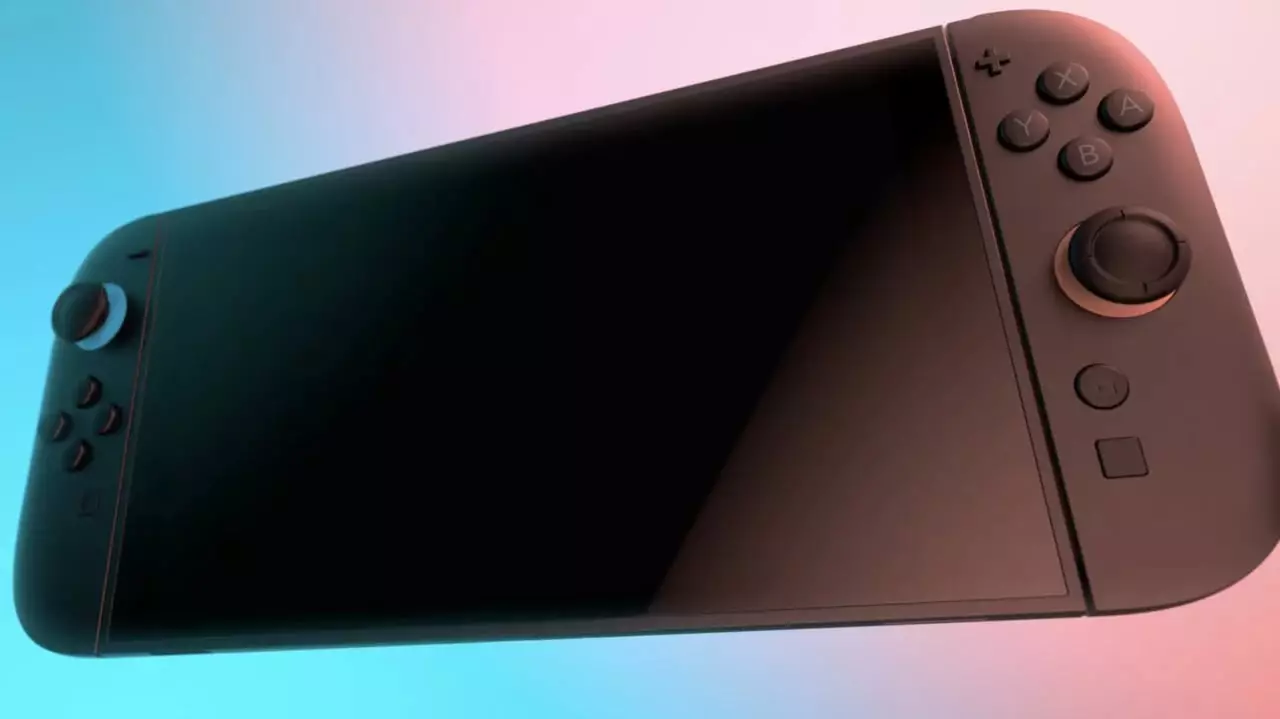The video game world is abuzz with enthusiasm as Nintendo prepares to unveil their highly anticipated Switch 2. Scheduled for a broadcast this week, the air is thick with speculation and insider reports regarding its development kits. For those deeply entrenched in the gaming industry, the existence of development kits often acts as an early indicator of a console’s potential success and market readiness. However, as the excitement mounts, troubling reports surface about accessibility and competition among developers.
According to industry-leading expert John Linneman from Digital Foundry, certain trends raise eyebrows. He articulates concerns that the availability of development kits is heavily skewed, favoring larger studios while leaving medium and small developers in a lurch. This selective distribution hints at a concerning trend where innovation may be stymied by larger entities having preferential treatment. An inclusive approach that grants access to a broader range of developers could foster creativity and diversify the gaming landscape—something Nintendo should prioritize.
Guarded Access: A Double-Edged Sword
Imran Khan, a noteworthy figure in gaming media, echoes Linneman’s concerns through insights shared on ResetEra. He relays an intriguing anecdote regarding Embracer Group, which, despite being a significant player in the gaming scene, has reportedly been denied access to development kits. This decision was reportedly rooted in Nintendo’s fear of their kits being compromised amidst chaos, leading to potential misappropriating of the necessary technology.
While Nintendo’s cautious approach to kit distribution may seem prudent—guarding against losses and mismanagement—it raises questions about the inclusivity of their development ecosystem. By restricting access, Nintendo risks alienating capable studios that could contribute valuable content to the new platform. In an age of rapid technological advancement, collaboration and access across the board could prove essential for a thriving game environment, ultimately benefiting Nintendo as well.
Unequal Opportunities and Third-Party Support
As rumors swirl around the development of Switch 2, there is also a noticeable narrative concerning third-party support. The presence of larger studios like Ubisoft, who have already received their kits, signals that Nintendo is betting on established names to carry their new hardware through its initial phases. Interestingly, there are whispers that Ubisoft is gearing up with over half a dozen titles for the Switch 2, suggesting a strategic partnership that could bolster its early library.
However, the restrictions imposed on medium and small developers could lead to uneven gaming experiences on the platform. If major companies monopolize the initial content available for the Switch 2, smaller indie studios—known for their innovative ideas and niche experiences—may struggle to penetrate the market. This could lead to a homogeneous selection of games that lack the diversity and creativity that smaller developers typically provide.
The phased rollout of development kits, with many third-party studios waiting until June for their access, further exacerbates the concern. The staggered distribution delays may hinder potential launch timing for smaller developers and push their projects further down the line. As insiders like Tom Henderson have noted, while the first phase targets larger entities, the subsequent phases may leave smaller ones grappling with diminished opportunities.
Quality Concerns: The 4K Debate
In addition to accessibility issues, another point of contention arises from reported discrepancies about the technological capabilities of the development kits. Henderson’s findings suggest that at least some of these kits do not support 4K output, a spec many gamers presume would be standard in today’s gaming consoles. This revelation naturally ignites debates surrounding what can be expected from the final release.
The rumor mill indicates a potential for “4K upscaling,” yet many developers seem to caution against assuming that development kits mirror the finished product’s specs. Such speculation invites a larger discourse about whether Nintendo can deliver cutting-edge technology that meets or exceeds the expectations of an increasingly demanding gaming audience. Confidence in the hardware’s quality, especially in an era dominated by high-definition graphics, will be pivotal in determining the Switch 2’s competitive edge among consoles.
As we approach Nintendo’s broadcast, the excitement surrounding the Switch 2 is palpable. Yet, beneath the surface lies a complex interplay of developer dynamics, concerns related to accessibility, and speculations about the platform’s capabilities—each bearing significant weight on the future of this groundbreaking console.

